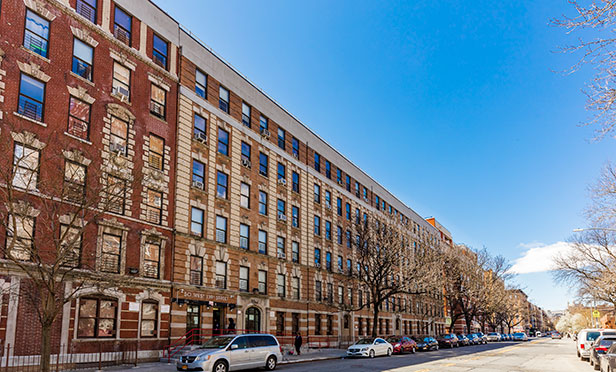NEW YORK CITY – Multifamily transactions in New York City took a dip third quarter compared to Q3 2018. And although the number is expected to pick up year-end with sales in the pipeline, multifamily investors are still trying to find their way in the newly priced environment due to statewide enactment of rent regulation preventing landlords from implementing rental increases and destabilizing units, according to a recent from Ariel Property Advisors.
Since the Housing Stability and Tenant Protection Act of 2019 (HSTPA) in June, multifamily transactions have lagged. From July through September, New York City saw 61 multifamily transactions comprised of 88 buildings totaling $1.1 billion in gross consideration. Compared to the same quarter in 2018, transaction volume declined 45%, building volume dropped 57% and dollar volume slid 51%. Compared to the second quarter, transaction and building volume both fell 42%, while dollar volume slipped 38%, according to the report.
The anticipation of the bill was high before the official enactment, which led to a market pause that carried into July and August as investors shuffled their cards to mull multifamily investment decisions, Shimon Shkury, founder of Ariel Property Advisors, tells GlobeSt.com.
Overall, transaction volumes are expected to rebound in the fourth quarter, but are expected not to be substantially higher, Shkury said. "There are more anticipated transactions in the multifamily asset class, as owners and operators feel more comfortable about the new pricing," he said.
Despite domestic investors finding their footing in New York City's multifamily submarket, international investors are bullish on investments for the asset type. Investors still attracted to affordable housing are looking at three subsectors, which include well located free-market units, typically below 96th street, free-market buildings that have a 421-A tax abatement component, or properties with low-income housing tax credits, according to Shkury.
"Not all rent-regulated buildings are impacted the same by the regulations – some will diminish in value, some won't," he said. " It's based on location and how stabilized the units are; building by building, location by location."
© Touchpoint Markets, All Rights Reserved. Request academic re-use from www.copyright.com. All other uses, submit a request to [email protected]. For more inforrmation visit Asset & Logo Licensing.








